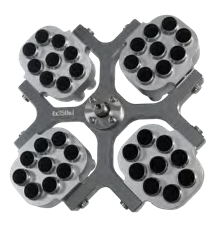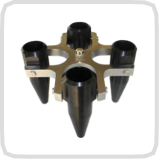You may not have heard of the McKinley Climatic Laboratory (MCL) but it has been around for 73 years conducting climatic testing for the Department of Defense (DOD) and other organizations. It was actually part of the Army Air Corps when it first launched as it predates the Air Force.
The MCL can engineer any extreme weather environment in its five climatic testing chambers. Its Main Chamber is the largest climatic chamber in the world capable of hosting any aircraft from the DOD inventory. Co2 Incubator Humidity

This chamber can recreate climatic conditions that include low temperatures down to -65°F and high temperatures up to 165°F , "solar radiation, high and low humidity, wind, rain, sand, dust, snow, freezing rain, ground and inflight icing, and a highly corrosive salt fog environment."
The other four chambers have the same capabilities despite being smaller. This facility is not reserved for the Air Force, it is also used by the Army, Navy, Marines, Missile Defense Agency, and even private companies such as Ford and Google.
Ford uses it to test its trucks while Google used it for its Project Loon balloons.
One impressive use of the MCL has been for the testing of the F-35B from the F-35 Patuxent River Integrated Test Force in Maryland. It was brought to the facility back in September 2014 where it stayed for six long months.
Since the plane was going to be sent out to 13 countries around the world the Air Force needed to guarantee that it could handle the meteorological conditions present in those areas. The locations ranged from the extreme heat of the Outback of Australia to the freezing cold of the Arctic Circle.

Salt Spray Testing Cabinets Manufacture "We've designed an environment here at the chamber where we can simulate virtually any weather condition--all while flying the jet at full power in either conventional or vertical takeoff mode," said in a statement at the time Dwayne Bell, McKinley Climatic Laboratory technical chief.